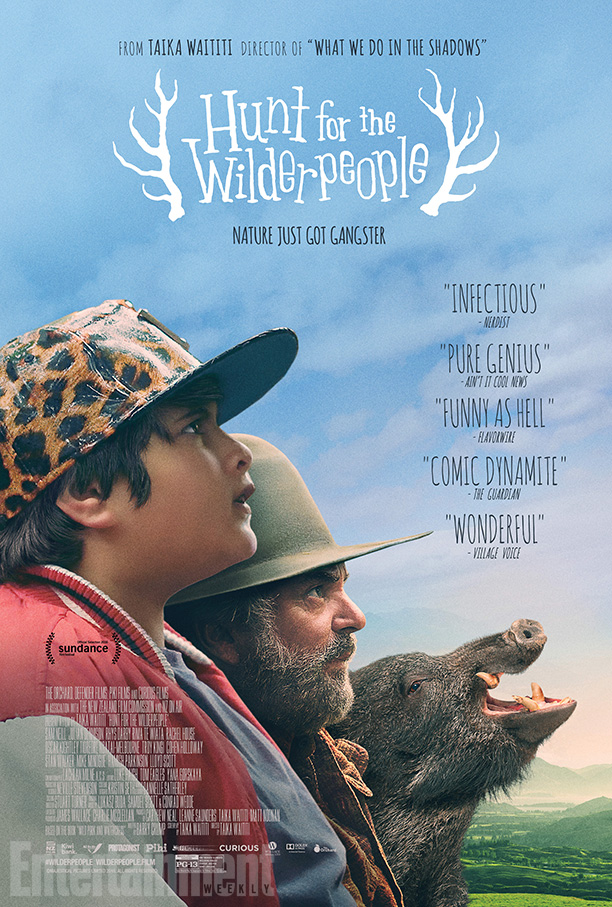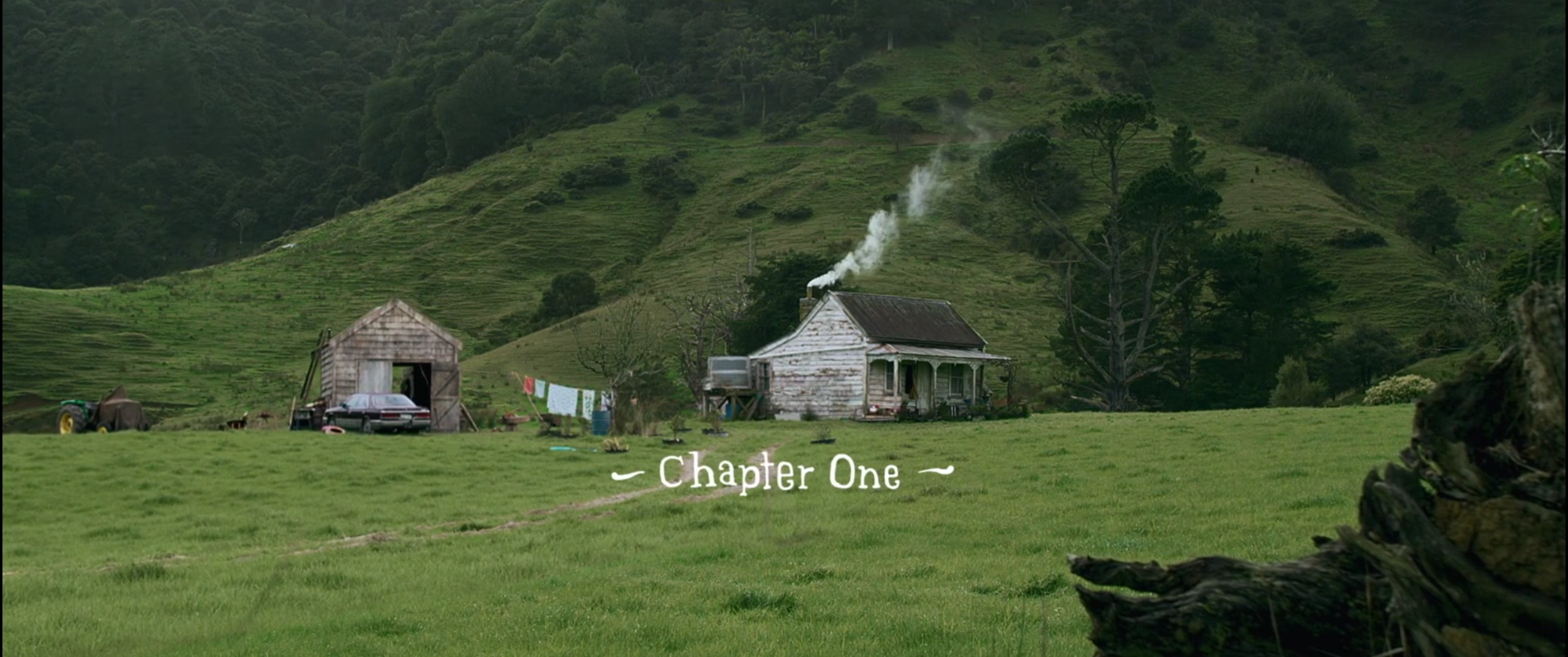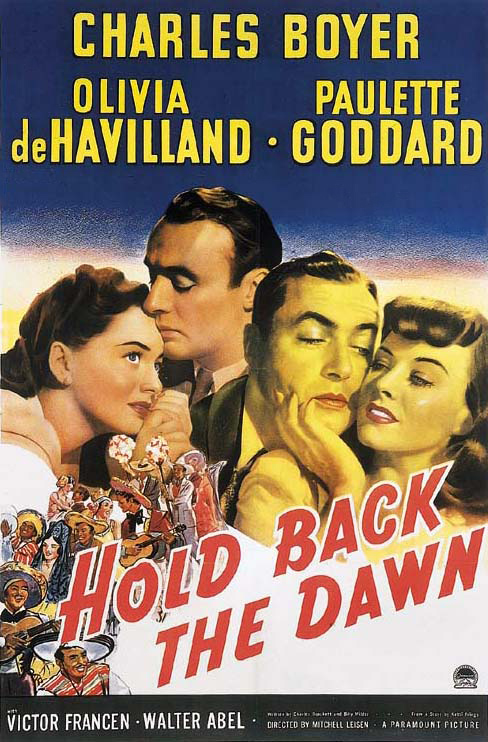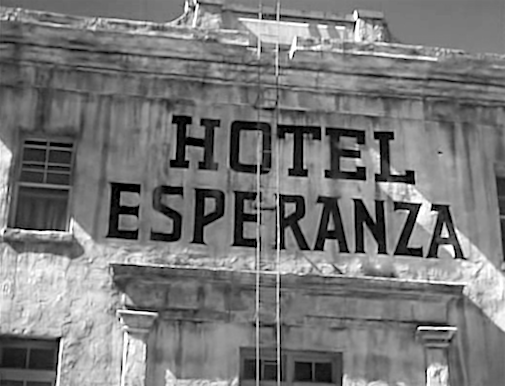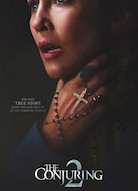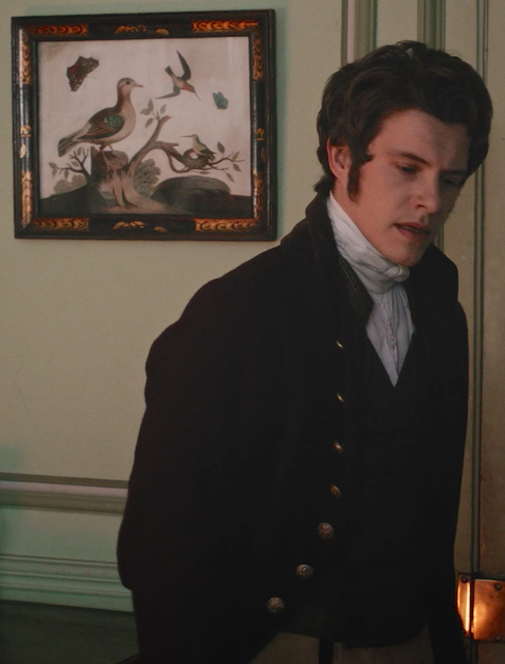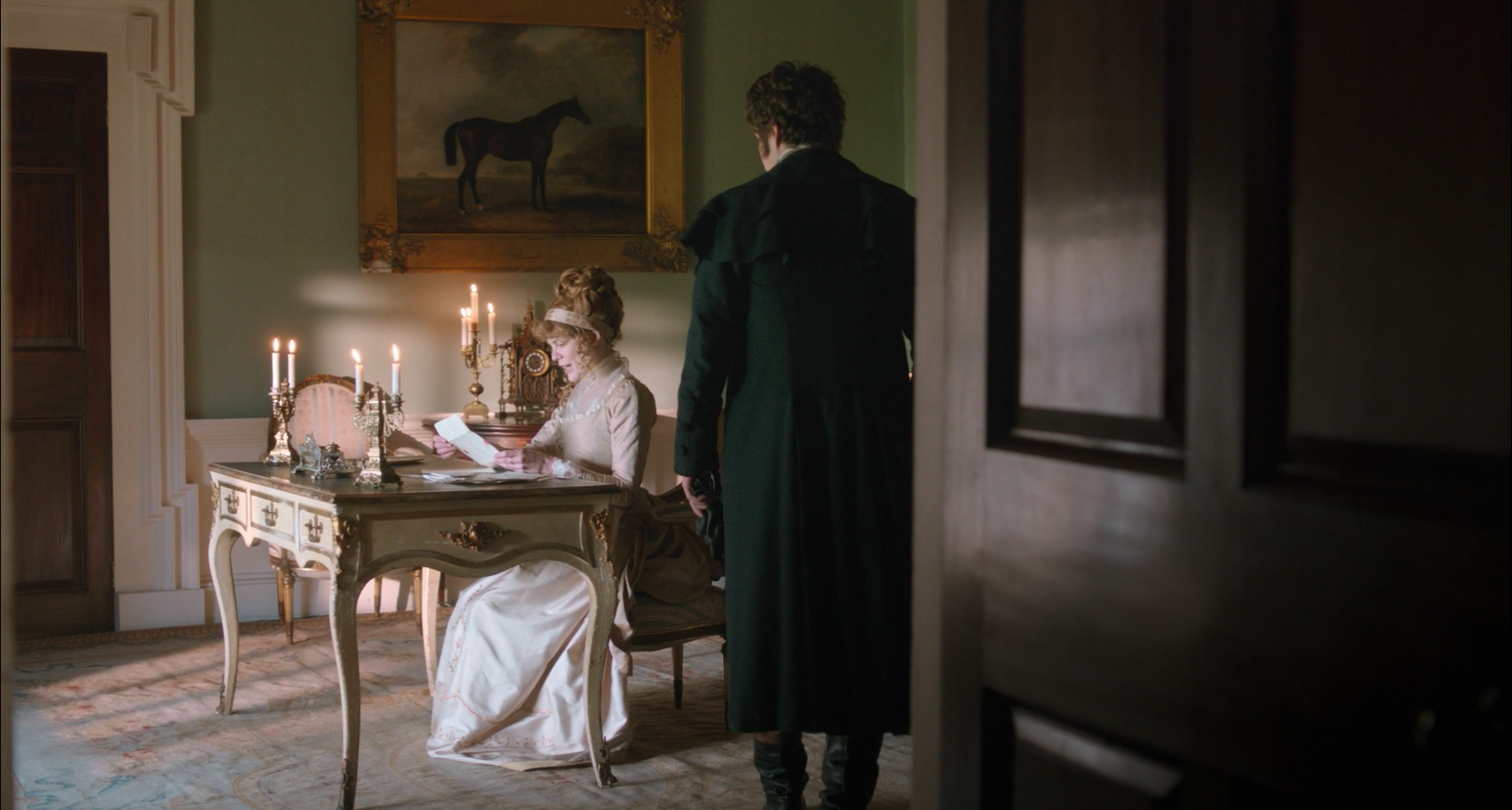The Furniture: A Nightmare in Sleepy Hollow
 Monday, October 10, 2016 at 9:15AM
Monday, October 10, 2016 at 9:15AM "The Furniture" our weekly series on Production Design. Here's Daniel Walber...
 Sleepy Hollow is an excellent October movie. It has well-placed jack-o-lanterns. Every frame shivers in the autumn chill. Washington Irving’s Hudson Valley falls under perpetually overcast skies, sapping the harvest season of its color. Rather than admire the changing leaves, Tim Burton emphasizes those aspects of fall that foreshadow the bitterness of winter.
Sleepy Hollow is an excellent October movie. It has well-placed jack-o-lanterns. Every frame shivers in the autumn chill. Washington Irving’s Hudson Valley falls under perpetually overcast skies, sapping the harvest season of its color. Rather than admire the changing leaves, Tim Burton emphasizes those aspects of fall that foreshadow the bitterness of winter.
This harsh climate swept up three Oscar nominations, including a win for production design. It’s a testament to Burton’s fanatically specific vision. Location scouting began in Irving’s New York, but the perfect town wasn’t there. It wasn’t in New England, either, nor even in Old England. After all of that searching, the design team ended up building an entire 18th century village from scratch at Leavesden and Shepperton Studios in the UK.

The final product is an expressionistic, spooky riff on colonial life. The credit goes to production designer Rick Heinrichs, whose collaboration with Burton goes as far back as 1982’s Vincent. The set decorations were by Peter Young, who first worked with the director on Batman. Their version of Sleepy Hollow, New York is a clever blend of historical realism and nightmarish fantasy...



